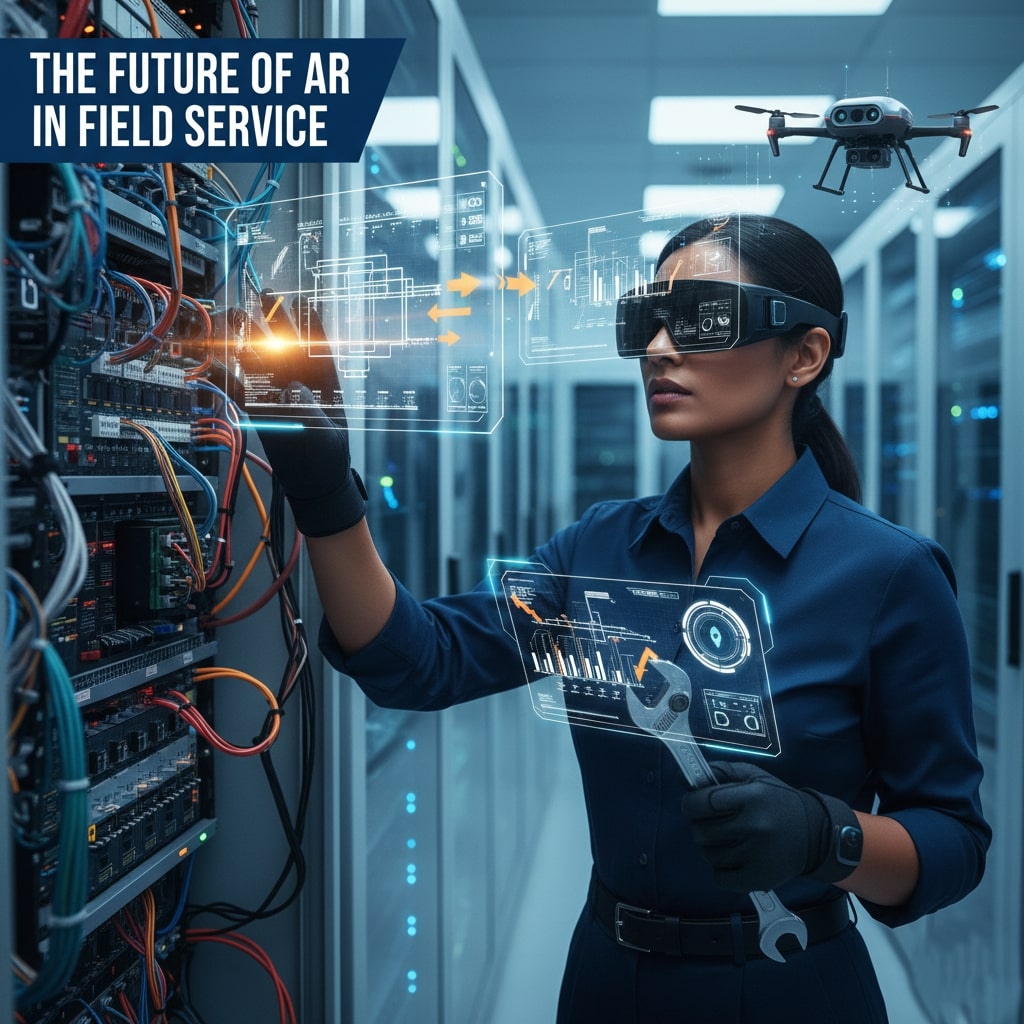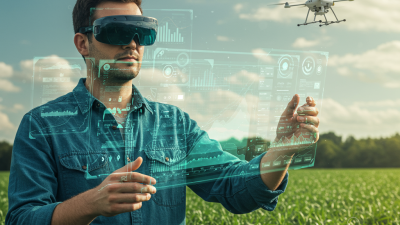In today’s competitive marketplace, field service teams must work faster, smarter, and with greater accuracy than ever before. Augmented reality (AR) is emerging as a transformative technology that overlays digital information onto the technician’s real-world view, enabling more efficient on-site diagnostics, guided repairs, and remote collaboration. This article explores how AR is reshaping field service operations, improving first-time-fix rates, reducing downtime, and elevating customer satisfaction.
The Evolution of Field Service Technology

For decades, field service technicians relied on paper manuals, static diagrams, and phone-based support to troubleshoot equipment failures. While mobile devices and cloud-based knowledge bases offered incremental improvements, they often lacked context—forcing technicians to toggle between screens or consult distant experts. AR changes the game by superimposing interactive schematics, step-by-step instructions, and real-time sensor data directly into the technician’s field of view. By merging hands-free operation with contextual guidance, AR bridges the gap between digital information and physical tasks.
Key Benefits of AR in Field Service
- Accelerated Diagnostics: AR can highlight potential failure points, display live temperature or pressure readings, and flag anomalies instantly, reducing the time spent on trial-and-error troubleshooting.
- Guided Repairs: Interactive 3D overlays show each component’s location, disassembly sequence, and torque specifications, minimizing errors and ensuring consistency across technicians.
- Enhanced Collaboration: Remote experts can see what the technician sees, draw annotations in real time, and guide critical tasks without traveling on-site, cutting travel costs and response times.
- Safety and Compliance: AR can display hazard warnings, lockout procedures, and safety checklists contextually, ensuring that technicians adhere to industry regulations and best practices.
Real-World Use Cases
Energy and Utilities: Technicians servicing wind turbines or electrical substations use AR headsets to overlay wiring diagrams and sensor analytics, enabling faster fault isolation and safer maintenance.
Manufacturing: Assembly line support, guided by AR annotations, reduces training time for new operators and maintains production quality by enforcing standardized workflows.
Telecommunications: Field engineers installing or repairing network nodes benefit from AR overlays showing fiber routing, splice points, and signal strength metrics to guarantee accurate installations.
Implementing AR in Your Field Service Strategy
- Assess Use Cases: Identify high-impact tasks—such as complex repairs or safety-critical procedures—where AR guidance can deliver the greatest ROI.
- Select the Right Hardware: Choose between head-mounted displays, smart glasses, or tablet-based AR apps based on ergonomics, environment, and durability requirements.
- Integrate with Existing Systems: Connect AR solutions to your enterprise resource planning (ERP), computer-aided maintenance management (CMMS), and IoT sensor networks for seamless data exchange.
- Develop Authoring Tools: Use intuitive AR content creation platforms to build interactive workflows, 3D models, and annotation templates without heavy coding.
- Train Your Workforce: Provide hands-on workshops and pilot programs to familiarize technicians with AR devices, ensure user adoption, and gather feedback for continuous improvement.
Overcoming Common Challenges
Implementing AR is not without hurdles. Connectivity limitations in remote locations can disrupt live data feeds and remote support. Address this by deploying edge computing gateways or offline-capable AR apps that cache critical information locally. Device comfort and battery life also impact long shifts—opt for lightweight hardware and establish charging protocols. Finally, change management is key: involve technicians early in the pilot phase, document efficiency gains, and align AR initiatives with broader digital transformation goals to secure executive buy-in.
Measuring Success and ROI
To quantify AR’s impact on field service, track metrics such as first-time-fix rate improvements, average job completion time reduction, travel cost savings via remote support, and decreases in safety incidents. Collect pre- and post-implementation data to build a compelling business case. Combine quantitative figures with technician feedback to capture qualitative benefits like reduced cognitive load and higher job satisfaction.
The Future of AR in Field Service

As 5G networks proliferate and edge computing matures, AR experiences will become more immersive and responsive. AI-driven insights will dynamically adapt instructions based on real-time sensor patterns, while computer vision algorithms will automate component recognition and quality inspections. Wearable haptics may provide tactile feedback for even greater precision. Ultimately, AR will evolve from a specialized toolkit into a core pillar of predictive, autonomous field service operations.
Conclusion
Augmented reality is no longer a futuristic concept—it’s a proven catalyst for efficiency, accuracy, and safety in field service. By strategically implementing AR solutions, companies can empower technicians with contextual insights, reduce operational costs, and deliver superior customer experiences. Whether you’re maintaining critical infrastructure, servicing manufacturing lines, or supporting telecom networks, AR offers a competitive edge that will define the next era of field service excellence.
Ready to transform your field service operations with augmented reality? Start by piloting an AR-guided workflow today and experience first-hand the productivity gains and customer satisfaction improvements. The future of on-site service is augmented—don’t get left behind.





